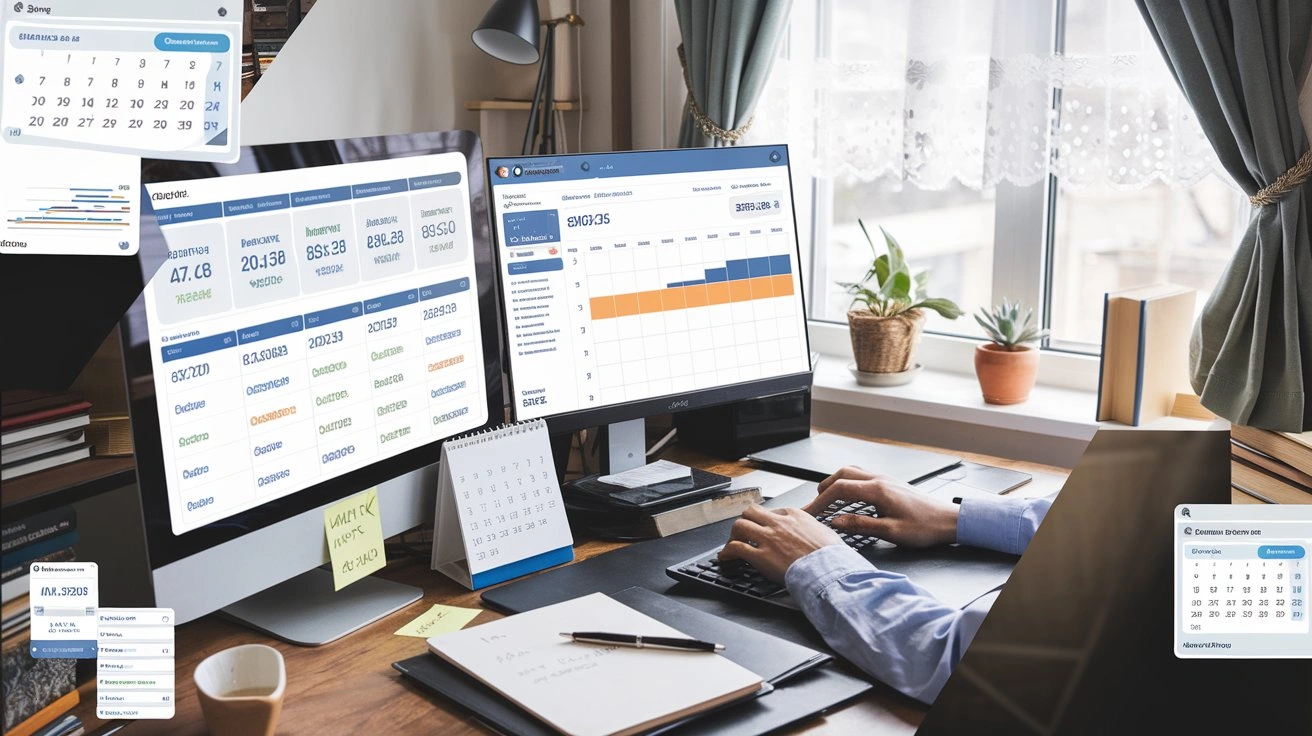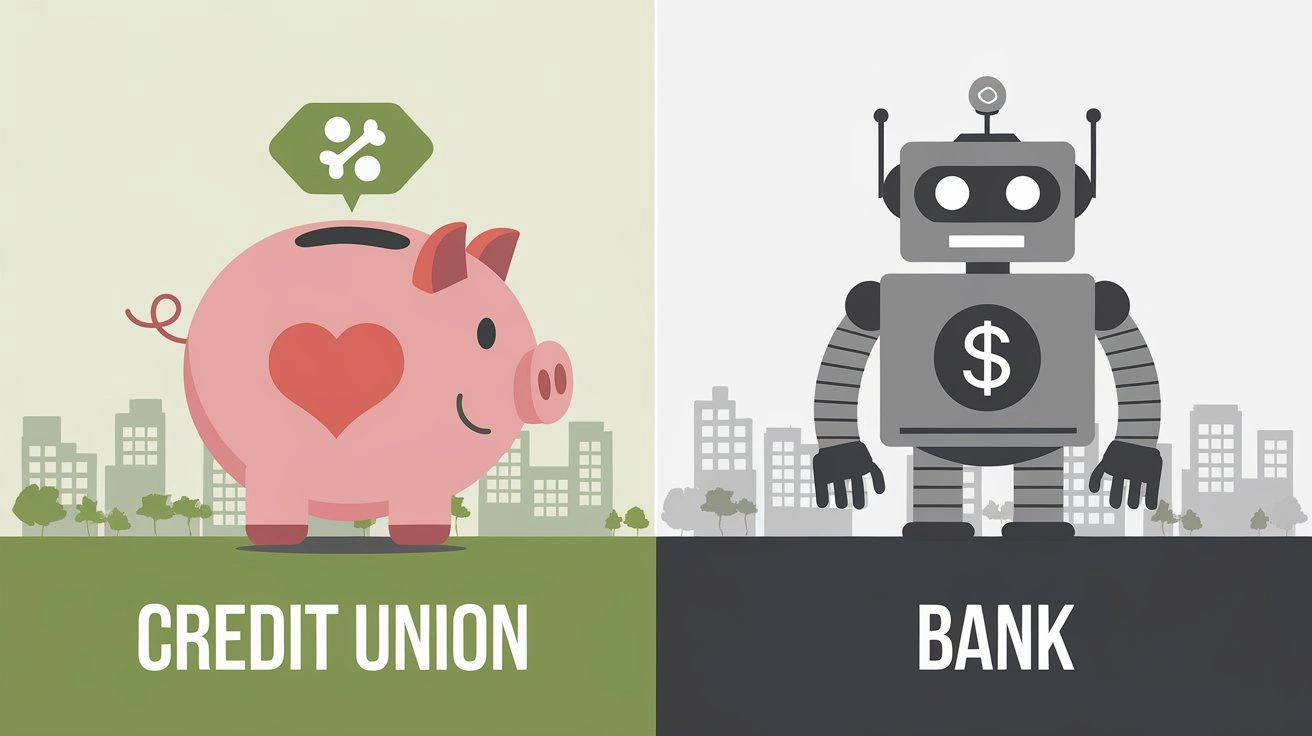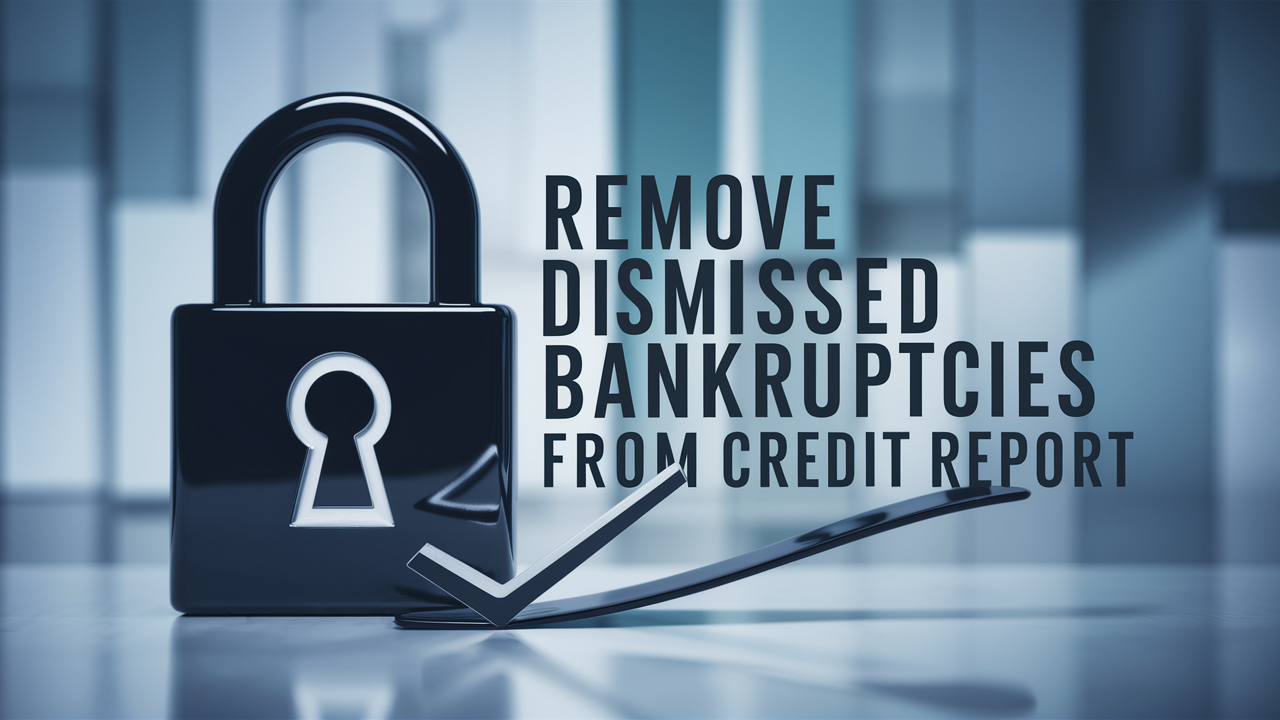How To Get A Collection Removed From Credit Report?
Facing a collection account on your credit report can be daunting, but it doesn't have to be permanent. This guide provides a comprehensive, step-by-step strategy on how to get a collection removed from your credit report, empowering you with the knowledge to dispute inaccuracies and negotiate effectively for a cleaner financial future.
Understanding Collection Accounts
A collection account appears on your credit report when a debt you owe has been sold by the original creditor to a third-party debt collector. This often happens when a debt becomes significantly past due. The collection agency then attempts to recover the owed amount. These accounts can severely damage your credit score, making it harder to secure loans, rent an apartment, or even get certain jobs. Understanding what a collection is and how it impacts your credit is the first crucial step in addressing it.
In 2025, the credit reporting landscape continues to evolve, but the impact of collection accounts remains significant. According to recent analyses of credit bureau data, the average FICO score drop for individuals with a collection account can range from 50 to 100 points, depending on the severity of the delinquency and the individual's credit history prior to the collection. This highlights the urgency of addressing these issues promptly.
Types of Collection Accounts
Collection accounts can stem from various sources. Recognizing the origin of the debt can sometimes provide leverage in your dispute or negotiation process.
- Medical Bills: Unpaid medical expenses are a common source of collection accounts. It's important to verify the accuracy of these bills, as errors are frequent.
- Credit Card Debt: Defaulted credit card balances are frequently sold to collection agencies.
- Personal Loans: Unpaid personal loans from banks or other financial institutions can end up in collections.
- Utility Bills: Overdue utility payments, if sent to collections, can also appear on your credit report.
- Student Loans: While federal student loans have different collection processes, private student loans can be sold to collectors.
How Collections Affect Your Credit Score
Collection accounts are considered negative information and can significantly lower your credit score. The impact depends on several factors:
- Age of the Debt: Older debts may have a lesser impact than newer ones.
- Amount of the Debt: Larger collection amounts generally have a more substantial negative effect.
- Your Credit History: If you have a strong credit history, a collection might have a less devastating impact than if your credit is already borderline.
- Frequency of Collections: Multiple collection accounts will severely damage your score.
The Fair Credit Reporting Act (FCRA) dictates that most negative information, including collections, can remain on your credit report for up to seven years from the date of the original delinquency. However, this doesn't mean you can't take action to remove them sooner, especially if they are inaccurate or if you can negotiate a removal.
Your Rights Under Credit Reporting Laws
Understanding your rights is paramount when dealing with collection agencies and credit bureaus. The primary law governing this is the Fair Credit Reporting Act (FCRA).
The Fair Credit Reporting Act (FCRA)
The FCRA grants consumers specific rights regarding their credit reports. Key provisions relevant to collection accounts include:
- Right to Accuracy: You have the right to a credit report that is accurate and complete. If a collection account is reported incorrectly, you can dispute it.
- Right to Dispute: You can dispute any information on your credit report that you believe is inaccurate or incomplete.
- Right to Verification: When you dispute a collection, the credit bureau must investigate by contacting the furnisher of the information (the collection agency or original creditor). They must verify the debt's validity.
- Right to Information: You are entitled to receive a free copy of your credit report from each of the three major credit bureaus (Equifax, Experian, and TransUnion) annually.
- Right to Sue: If a credit bureau or furnisher violates the FCRA, you may have the right to sue them for damages.
The Fair Debt Collection Practices Act (FDCPA)
While the FCRA deals with the accuracy of credit reporting, the FDCPA governs the conduct of third-party debt collectors. This act protects you from abusive, deceptive, and unfair debt collection practices.
Under the FDCPA, debt collectors are prohibited from:
- Harassment: Repeatedly calling you, using threats, or engaging in abusive language.
- False or Misleading Representations: Lying about the amount owed, the legal status of the debt, or their identity.
- Unfair Practices: Attempting to collect interest or fees not permitted by the original agreement or law.
- Contacting Third Parties: Discussing your debt with anyone other than you, your attorney, or a co-signer (with some exceptions).
- Contacting You at Inconvenient Times: Calling you before 8 a.m. or after 9 p.m. in your time zone, unless you agree to it.
If a collection agency violates the FDCPA, you can report them to the Consumer Financial Protection Bureau (CFPB) and your state's Attorney General. This can sometimes lead to the removal of the collection from your report as a resolution.
Statute of Limitations on Debt
It's crucial to understand the statute of limitations (SOL) for the debt. The SOL is the legal timeframe within which a creditor or collector can sue you to collect a debt. This varies by state, typically ranging from 3 to 10 years. Importantly, the SOL is for suing you, not for reporting the debt on your credit report (which is generally 7 years under FCRA).
Caution: Making a payment or acknowledging the debt in writing can sometimes reset the SOL in some states. Be very careful about what you say or write to a collector.
Step-by-Step Guide to Disputing Collections
Disputing a collection account is a powerful strategy, especially if you suspect inaccuracies or if the debt is old. This process requires diligence and clear communication.
Step 1: Obtain Your Credit Reports
Before you can dispute anything, you need to know what's on your credit report. Get your free credit reports from Equifax, Experian, and TransUnion. You can do this at AnnualCreditReport.com.
Review each report carefully, looking for any collection accounts. Note the name of the collection agency, the original creditor, the date it was first reported, and the amount owed.
Step 2: Identify Potential Inaccuracies or Invalidity
Scrutinize each collection account for any of the following:
- Incorrect Personal Information: Is your name, address, or Social Security number correct?
- Wrong Amount Owed: Does the amount match your records or the original agreement?
- Debt Not Yours: Is it possible this debt belongs to someone else with a similar name?
- Already Paid: Have you already paid this debt?
- Beyond the Statute of Limitations for Reporting: While the SOL for suing is different, collections generally fall off after 7 years. If it's older than that and still appearing, it's an error.
- Lack of Verification: The collector may not have valid proof of the debt.
- Duplicate Entry: The same debt appearing twice from different collectors.
Step 3: Send a Debt Validation Letter
This is a critical step. You must send a debt validation letter to the collection agency within 30 days of their initial contact or the date the collection first appeared on your report (whichever is earlier). If you miss this window, you can still dispute, but the collector may have less obligation to provide validation.
Your letter should:
- State that you are disputing the debt.
- Request that they provide validation of the debt, including proof that they own the debt and the original signed contract.
- Demand that they cease all collection activities until they provide this validation.
- State that you are sending this dispute to the credit bureaus as well.
Important: Send this letter via certified mail with a return receipt requested. Keep a copy for your records. Do not admit to owing the debt in this letter.
Example of a Debt Validation Letter Snippet:
"Dear [Collection Agency Name], This letter is a formal request for validation of the alleged debt you claim I owe. I dispute this debt and request that you provide me with proof of ownership of this debt, as well as a copy of the original signed contract or agreement that establishes my liability for this debt. Please cease all collection activities on this account until you have provided this validation. I am also forwarding a copy of this dispute to the credit bureaus."
Step 4: Dispute with the Credit Bureaus
While sending the debt validation letter to the collector, you should also dispute the collection directly with each credit bureau where it appears.
You can do this online, by mail, or by phone. For mail, use certified mail with return receipt requested.
Your dispute letter to the credit bureau should:
- Clearly state that you are disputing the collection account.
- Provide your personal information (name, address, SSN).
- Identify the collection account by name of the collector, account number, and amount.
- Explain the reason for your dispute (e.g., "I have requested debt validation," "This debt is inaccurate," "This debt is not mine," "This debt is past the reporting period").
- Attach copies of any supporting documentation (e.g., your debt validation letter, proof of payment, etc.).
The credit bureaus have 30 days (or 45 days if you submit the dispute during the 30-day period after receiving your credit report) to investigate your dispute. They must contact the furnisher of the information (the collection agency) to verify the debt. If the furnisher cannot provide adequate verification, the credit bureau must remove the collection from your report.
Step 5: Follow Up and Escalate
After 30-45 days, check your credit reports again. If the collection has been removed, congratulations! If not, you may need to follow up.
If the credit bureau claims the debt is verified but you still believe it's inaccurate or invalid, you can send a follow-up letter, often called a "re-dispute." Include any new evidence you have. You can also send a complaint to the CFPB and your state Attorney General.
Comparison of Dispute Methods
Here's a look at the different ways to dispute and their typical effectiveness:
| Method | Pros | Cons | Effectiveness (2025 Estimate) |
|---|---|---|---|
| Online Dispute (Credit Bureau) | Fast, convenient, easy to track. | May be less effective for complex disputes; automated responses are common. | Moderate to High (if clear evidence provided) |
| Mail Dispute (Credit Bureau) | Allows for detailed explanation and documentation; creates a paper trail. | Slower processing time; requires postage and certified mail. | High (especially with thorough documentation) |
| Debt Validation Letter (Collector) | Forces collector to prove the debt; can stop collection attempts. | Must be sent within a specific timeframe; collector may ignore or provide insufficient proof. | High (if sent within 30 days and collector is unresponsive) |
| Phone Dispute | Immediate communication. | Difficult to prove; often lacks a formal record; collectors may use tactics to get you to admit debt. | Low (generally not recommended as a primary method) |
Negotiating with Collection Agencies
If your dispute is unsuccessful, or if you know the debt is valid and you wish to resolve it, negotiation is your next best option. The goal is often to get the collection removed from your credit report in exchange for payment.
When to Negotiate
Negotiation is most effective when:
- You have confirmed the debt is valid and legally collectable.
- You cannot get the collection removed through dispute.
- You have the funds available to pay or settle the debt.
- The collection is relatively recent and significantly impacting your score.
Key Negotiation Strategies
1. Offer to Settle for Less Than the Full Amount:
Collection agencies often buy debts for pennies on the dollar. They are usually willing to accept a settlement for less than the full amount owed to close the account and recover some money. Aim for 30-50% of the debt, but be prepared to negotiate.
2. Negotiate for "Pay for Delete":
This is the holy grail of collection negotiation. A "pay for delete" agreement means the collection agency agrees to remove the collection account from your credit report entirely in exchange for your payment (either full or settled amount). This is the most effective way to improve your credit score quickly.
How to ask for Pay for Delete:
- Be polite but firm.
- State your offer clearly: "I am willing to pay $[Settlement Amount] to resolve this debt. In exchange, I require that you agree to remove this collection account from all three credit bureaus within [Number] days of receiving payment."
- Get it in writing: This is absolutely crucial. Never pay until you have a written agreement from the collection agency detailing the terms of the pay for delete.
3. Negotiate a Payment Plan:
If you cannot afford a lump sum settlement, you can try to negotiate a payment plan. However, ensure the agreement for removal is still in writing and contingent on completing the payment plan.
4. Understand the Impact of Settlement vs. Paid in Full:
A collection account that is settled for less than the full amount will still appear on your credit report, but it will be marked as "settled." This is better than an unpaid collection, but a "pay for delete" is ideal. A collection marked "paid in full" is also better than unpaid, but still shows the history of the collection.
Example Negotiation Script
Here’s a sample approach:
You: "Hello, my name is [Your Name], and I am calling about account number [Collection Account Number] which I understand is listed on my credit report with [Collection Agency Name]."
Collector: "Yes, we have that account. The balance is $[Original Amount]."
You: "I have reviewed my records, and I believe there may be some inaccuracies. However, I am willing to resolve this matter. I can offer a one-time payment of $[Settlement Offer Amount] to settle this debt completely. In exchange for this payment, I require that you agree to remove this collection account entirely from my credit report with Equifax, Experian, and TransUnion within 30 days of receiving payment. Do you have the authority to agree to these terms?"
If they agree, ask them to send you a written confirmation of this agreement before you send any payment.
Table: Negotiation Outcomes
| Outcome | Description | Impact on Credit Score | Likelihood of Removal |
|---|---|---|---|
| Pay for Delete | Collection removed from report after payment. | Significant positive impact. | Moderate (requires strong negotiation and written agreement) |
| Settled for Less | Account marked as "settled" after partial payment. | Moderate positive impact (better than unpaid). | High (common outcome) |
| Paid in Full | Account marked as "paid in full" after full payment. | Slight positive impact (better than unpaid). | High (common outcome) |
| No Agreement / Dispute Continues | Collection remains on report, or dispute continues. | Negative impact persists. | N/A |
Preventing Future Collection Accounts
Once you've managed to get a collection removed, or even if you're still working on it, implementing strategies to prevent future collections is vital for long-term credit health.
1. Budgeting and Financial Planning
The foundation of preventing debt is sound financial management. Create a realistic budget that accounts for all your income and expenses. Identify areas where you can cut back to free up funds for debt repayment or savings.
2025 Financial Health Tip: Utilize budgeting apps and tools that can automate expense tracking and provide insights into spending habits. Many offer features to set savings goals and debt payoff strategies.
2. Prioritize Debt Repayment
If you have existing debts, create a plan to tackle them. Consider strategies like the debt snowball or debt avalanche method. Prioritize high-interest debts to save money in the long run.
Debt Snowball: Pay off debts from smallest balance to largest, regardless of interest rate. Provides psychological wins.
Debt Avalanche: Pay off debts from highest interest rate to lowest. Saves more money on interest over time.
3. Build an Emergency Fund
An emergency fund is your buffer against unexpected expenses like medical bills, job loss, or car repairs. Aim to save at least 3-6 months of living expenses. This fund can prevent you from falling behind on payments and incurring new debts.
4. Communicate with Creditors Early
If you anticipate difficulty making a payment, don't wait until it's overdue. Contact your creditor immediately. They may be willing to work with you on a temporary payment plan, deferment, or other solutions to avoid delinquency.
5. Review Bills and Statements Regularly
Make it a habit to review all your bills and financial statements for accuracy. This helps catch potential errors before they escalate into collection issues. For medical bills, in particular, ensure you understand the charges and have received all necessary explanations of benefits from your insurance provider.
6. Understand Credit Terms and Agreements
Before taking on new debt or signing any agreement, read the terms and conditions carefully. Understand interest rates, fees, repayment schedules, and late payment penalties. Ignorance of these terms can lead to unexpected financial burdens.
7. Monitor Your Credit Regularly
Continue to monitor your credit reports from Equifax, Experian, and TransUnion at least annually. Early detection of new negative items can give you more time to address them before they become significant problems.
Conclusion
Removing a collection from your credit report is an achievable goal with the right knowledge and strategy. By understanding your rights under the FCRA and FDCPA, diligently disputing inaccuracies, and strategically negotiating with collection agencies, you can significantly improve your credit standing. Remember that patience and persistence are key. Don't be discouraged by initial setbacks. Always document your communications, send disputes and requests via certified mail, and never pay a debt before obtaining a written "pay for delete" agreement if that is your objective. For those who find the process overwhelming, seeking advice from a reputable non-profit credit counseling agency can provide valuable guidance and support. Taking proactive steps to manage and resolve collection accounts is a crucial investment in your financial future, paving the way for better credit opportunities and greater financial freedom in 2025 and beyond.



